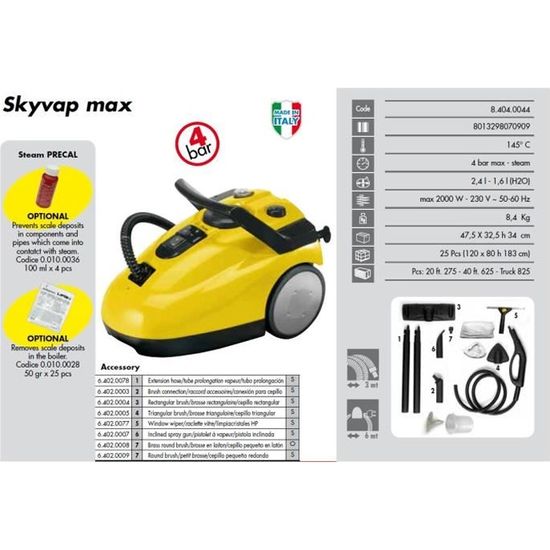Lavor User Guide
Posted By admin On 14.12.19
Information on data details relevant for Research Project Proposals: AGE – by 5-year bands NATIONALITY/COUNTRY OF BIRTH – up to 15 predefined groups NACE – at 1-digit level ISCO – at 3-digit level INCOME – only provided as (national) deciles and from 2009 HHNUM - household numbers are randomised per dataset, not allowing to track respondents across time. Description of the dataset The European Union Labour Force Survey (EU LFS) is conducted in the 28 Member States of the European Union, 2 candidate countries and 3 countries of the European Free Trade Association (EFTA) in accordance with Council Regulation (EEC) No. 577/98 of 9 March 1998. At the moment, the LFS microdata for scientific purposes contain data for all Member States plus Iceland, Norway and Switzerland. The EU LFS is a large household sample survey providing quarterly results on labour participation of people aged 15 and over as well as on persons outside the labour force. All definitions apply to persons aged 15 years and over living in private households. Persons carrying out obligatory military or community service are not included in the target group of the survey, as is also the case for persons in institutions/collective households.


Lavor Mach 20 User Guide
The data collection covers the years from 1983 onwards. In general, data for individual countries are available depending on their accession date. The Labour Force Surveys are conducted by the national statistical institutes across Europe and are centrally processed by Eurostat. The national statistical institutes are responsible for selecting the sample, preparing the questionnaires, conducting the direct interviews among households, and forwarding the results to Eurostat in accordance with the requirements of the regulation. Thus, it is possible to make available harmonised data at European level. using the same concepts and definitions. following International Labour Organisation guidelines.
using common classifications (NACE, ISCO, ISCED, NUTS). recording the same set of characteristics in each country. In 2016, the quarterly LFS sample size across the EU was about 1.5 millions of individuals. The EU-LFS covers all industries and occupations. The LFS microdata including years 1983-2016 became available in October 2017. Discovering geometry answers pdf. For full details on the anonymised LFS microdata, please consult the documents below:. LFS based data A significant amount of data from the European Labour Force Survey (EU LFS) is available in Eurostat's online dissemination database, which is regularly updated and available free of charge.
Department Of Labor User Guide
The EU LFS is the main data source for the domain 'employment and unemployment' in the database. The contents of this domain include tables on population, employment, working time, permanency of the job, professional status etc. The data is commonly broken down by age, sex, education level, economic activity and occupation where applicable. Several elements of indicator sets for policy monitoring are also derived from the EU LFS and freely available in the online database. EU LFS data thus contribute to the Europe 2020 headline indicators, the sustainable development indicators, the European and national indicators / Principal European Economic Indicators, the Macroeconomic Imbalance Procedure (MIP) and other policy relevant indicators.